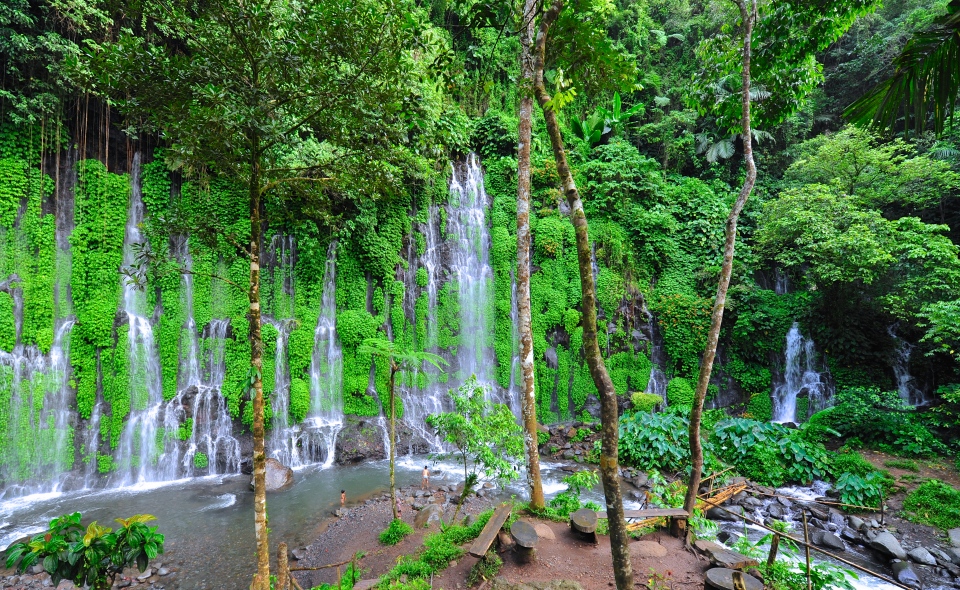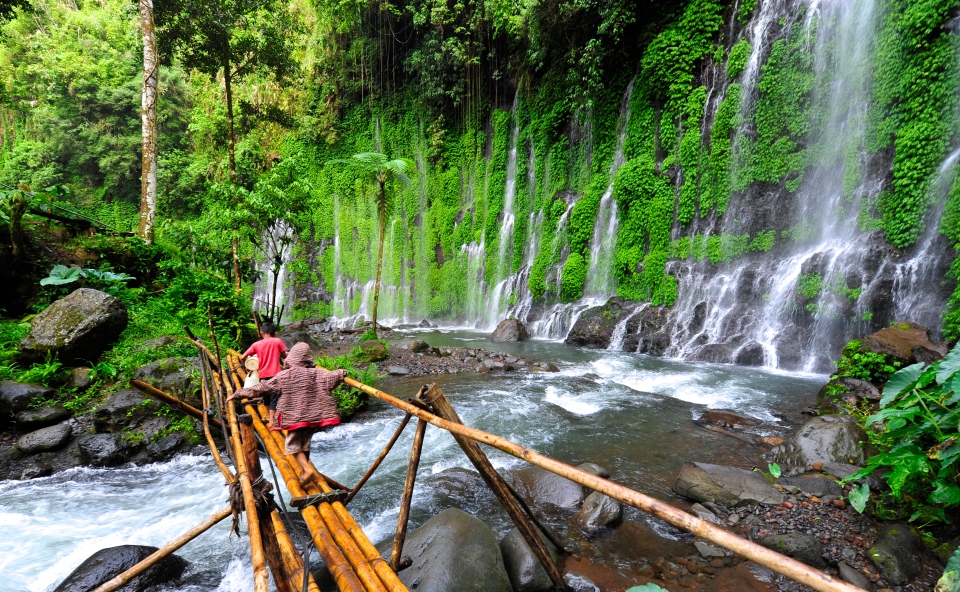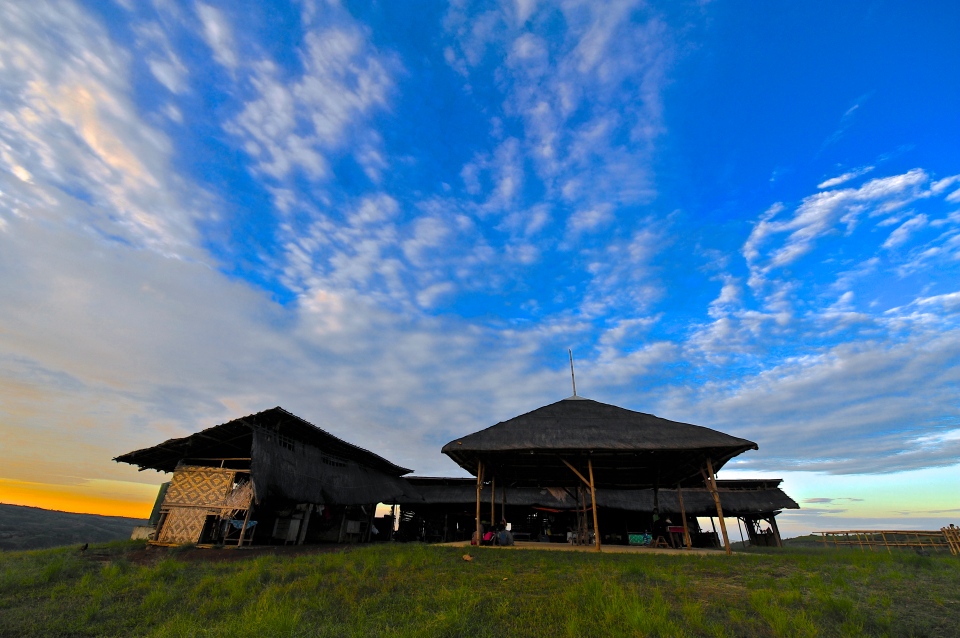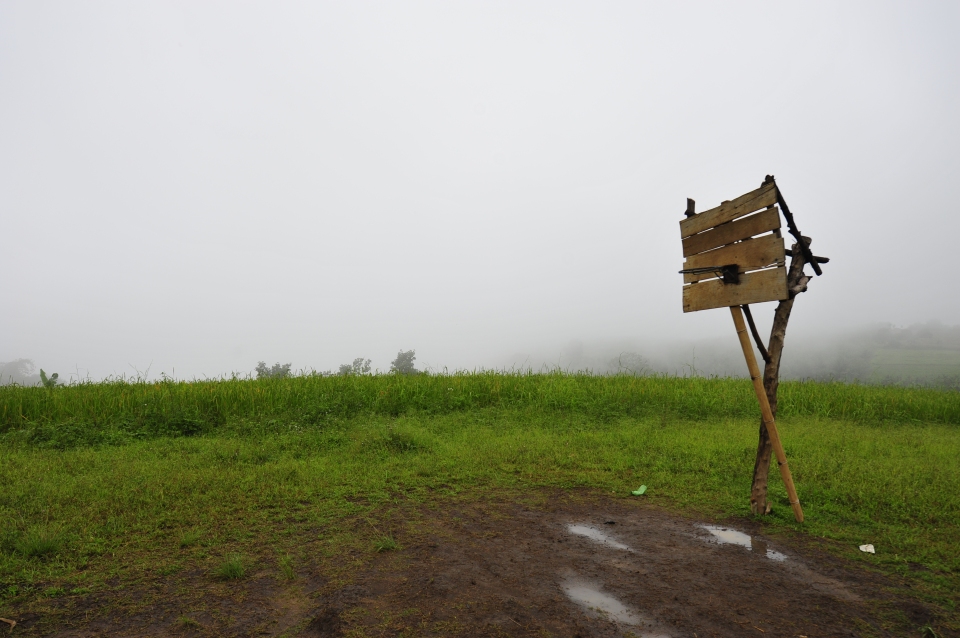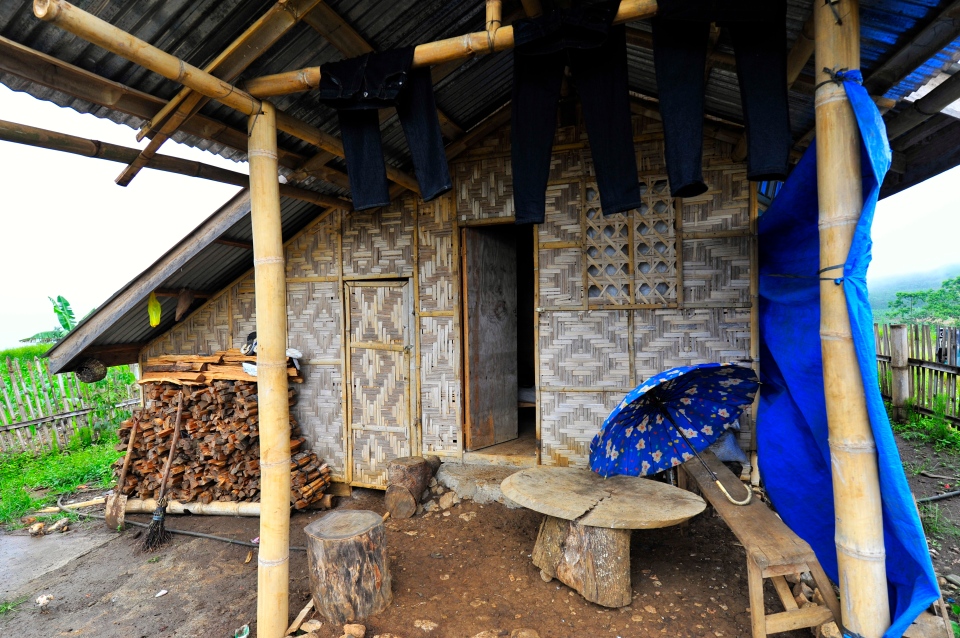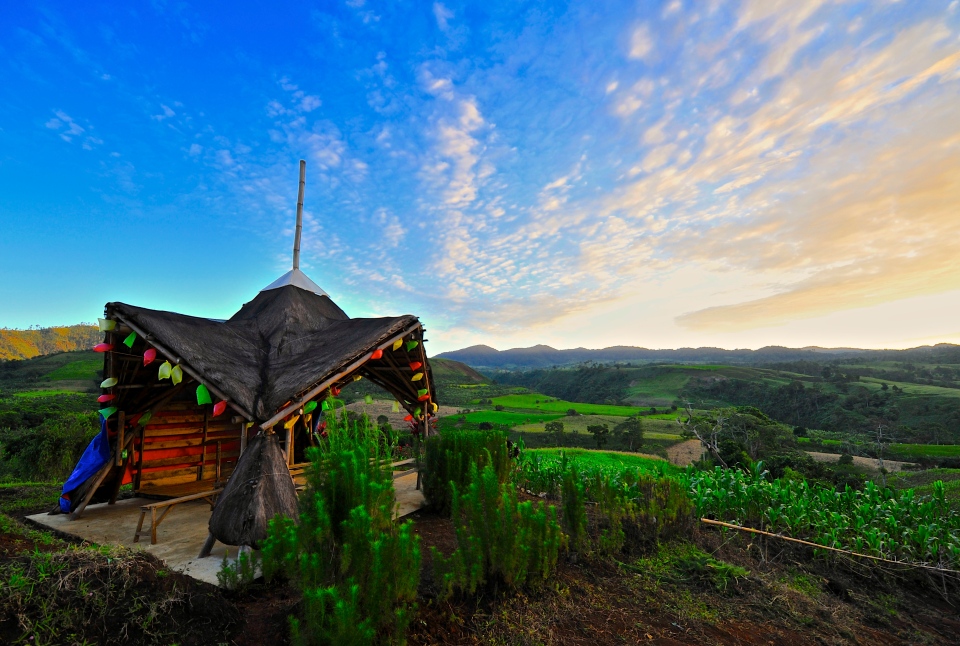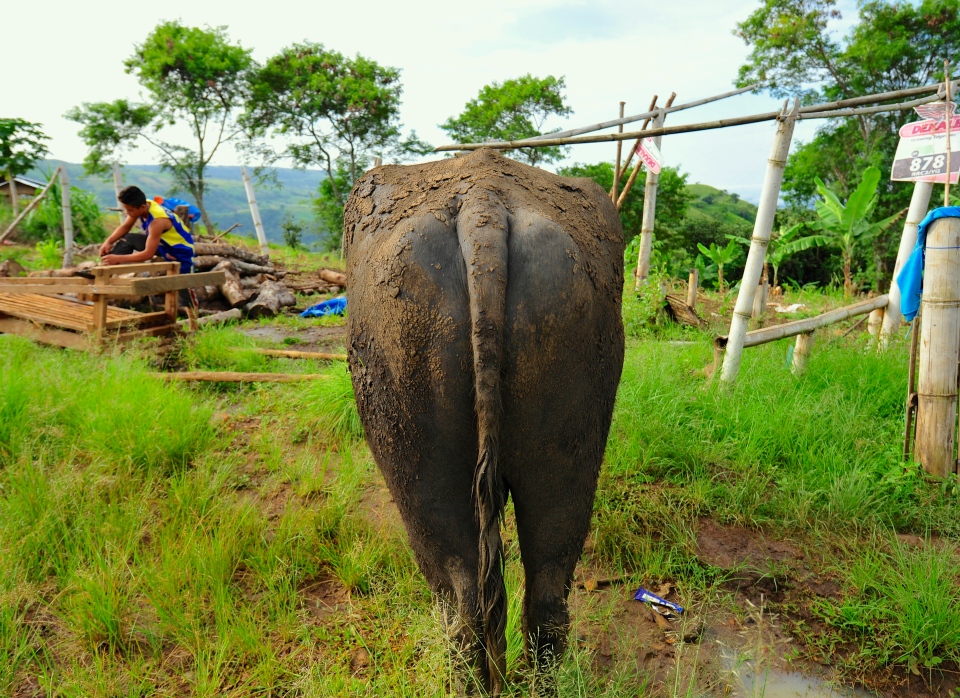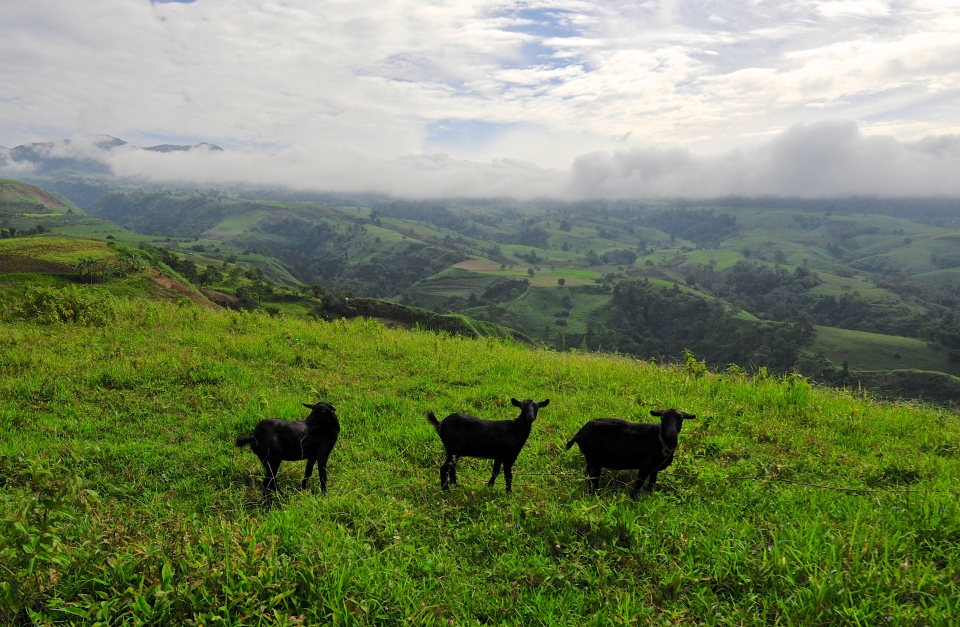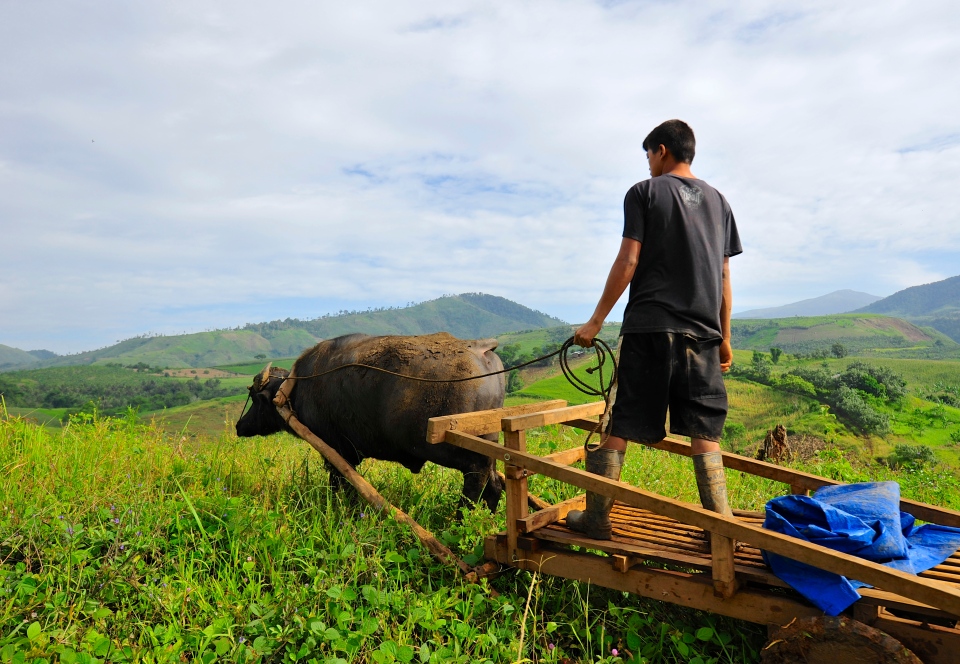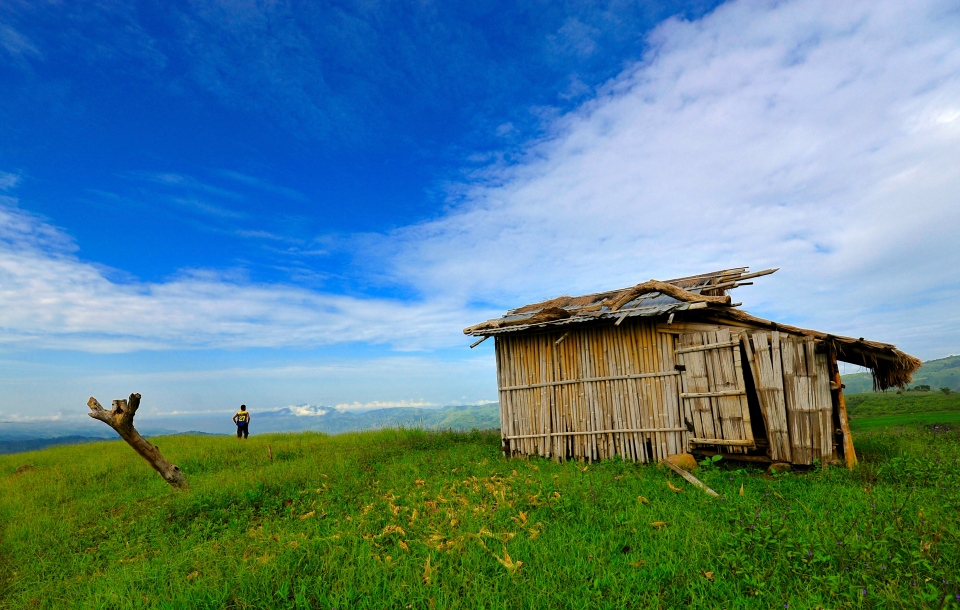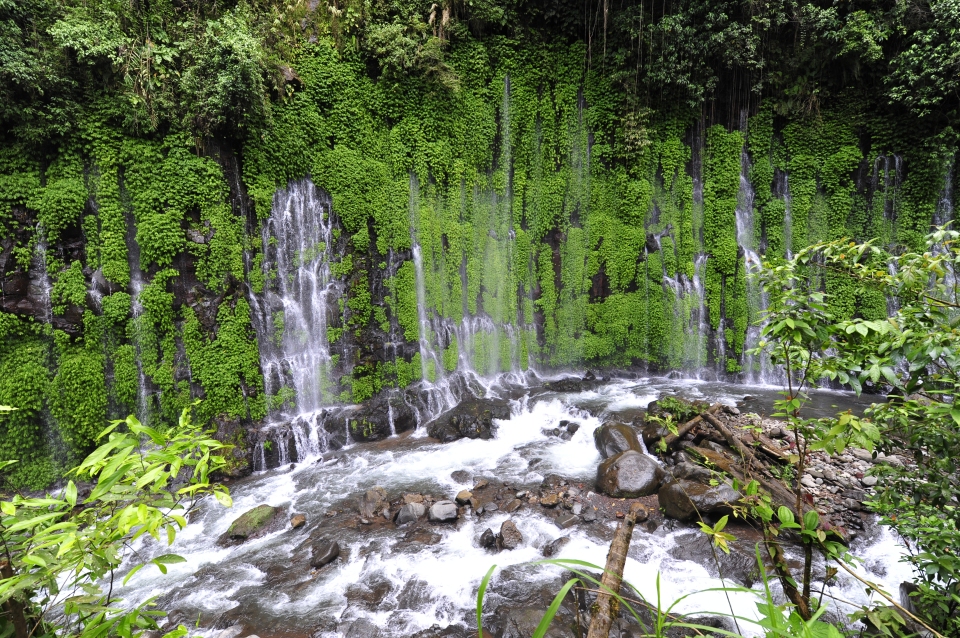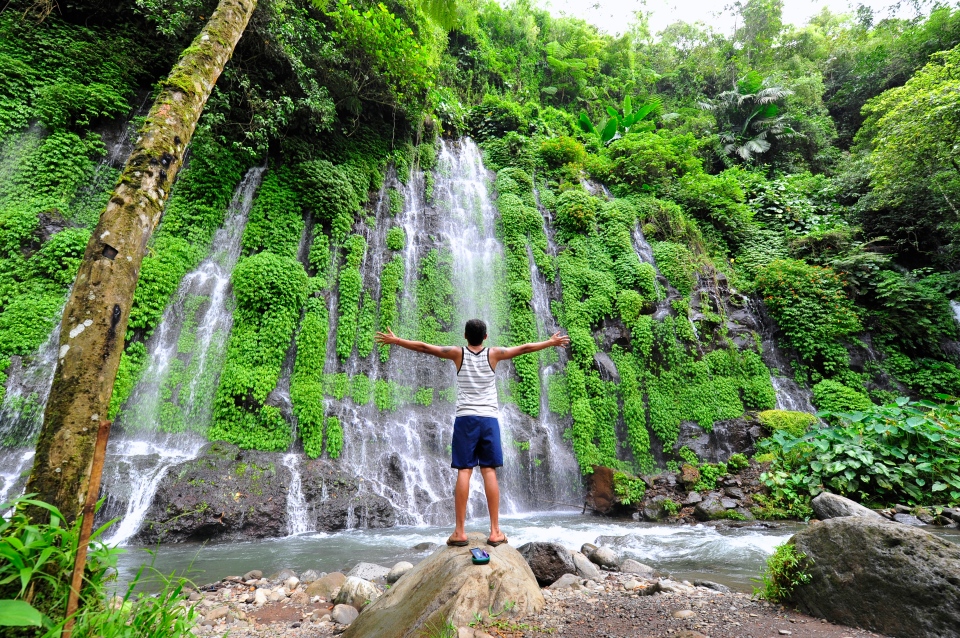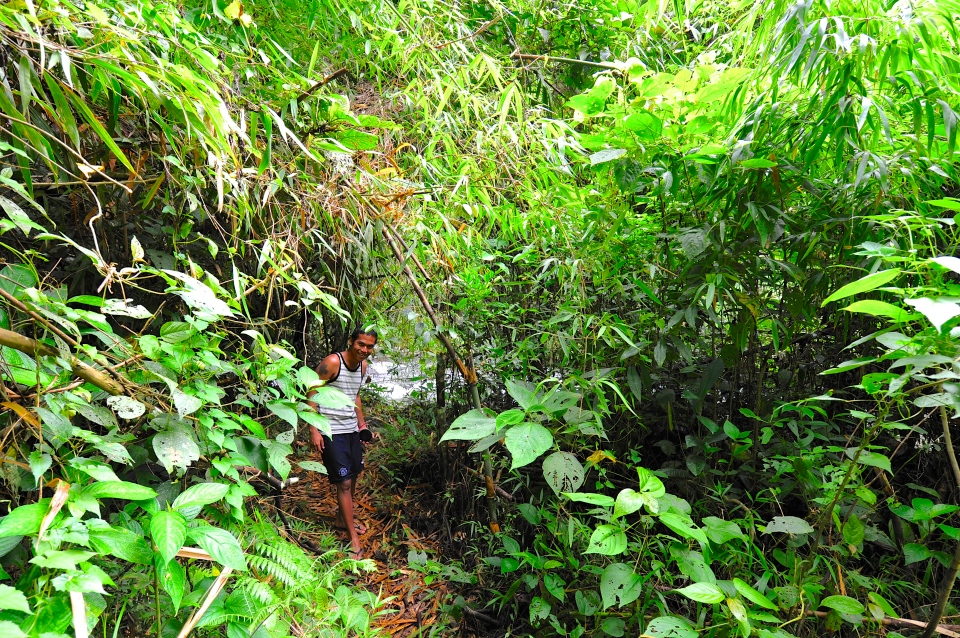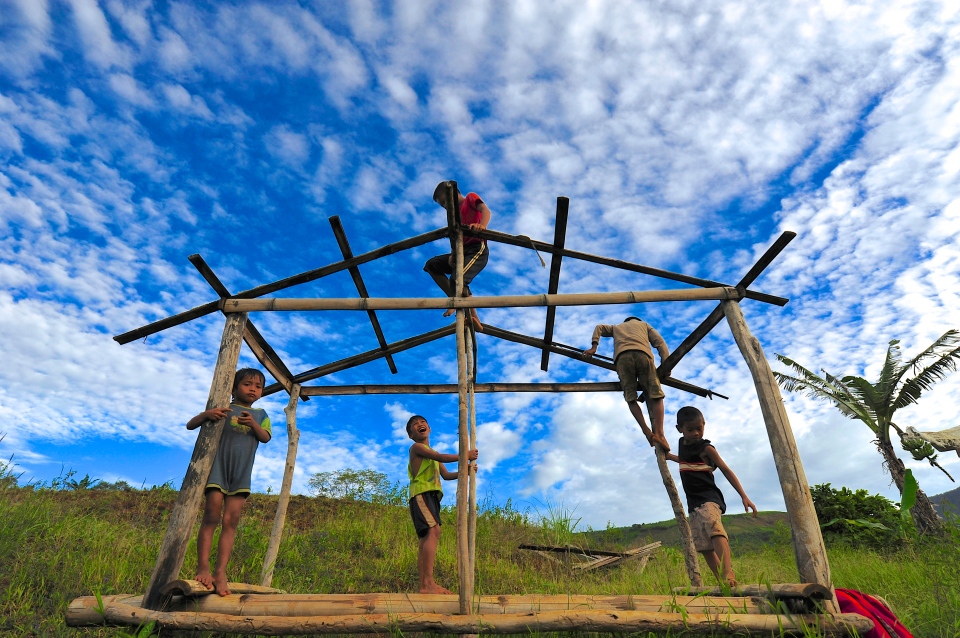So this next article is probably about the most “exotic” place I’ve ever been, by far!
It’s newly discovered, totally undeveloped, unspoiled, very remote, to say the least.
I’ve only learned about this enchanting waterfalls located deep inside the heart of the island of Mindanao, in the Philippines, two days prior to my flight to Davao City. I challenged myself to go to a place not for the faint- of- heart and nature trip and, boy, I was totally awe- struck…!
After I arrived at Davao International Airport in the morning, about an hour and 45 minutes flight from Manila, I decided to spend a day before heading to North Cotabato, because I know I’ll be facing a battle getting to this waterfalls… Davao City is still consistently clean and well organised since my last trip here, years ago, but I have to say that I only stayed in a hotel and see little of Davao, nonetheless I met nice locals and made friends with some of the guests at the hotel that I stayed in. A couple asked me where I planned to go and was surprised that I traveled alone. I told them that I plan to go to Asik- Asik waterfalls and the lady whose from South Cotabato, traveling with her husband, told me she only heard of that place and she gave me warnings of traveling to North Cotabato for the first time…
The lady told me that since I am from Manila, there is a stigma that locals may find me a “braggart” like the other Manileños that traveled there before, which might get me into trouble. I said, I’ll take note of that. She also said that the road up the waterfalls is in horrendous condition that’s why it’s off the radar with tourists. She also asked me why I travel alone and, of all places, to travel alone going to North Cotabato for the first time? I said that’s why I decided to travel alone because there nothing more authentic travel experience than going to places that are not touristy yet gives this mysterious aura to discover it myself. She also said that it’s not the safest place to travel because of the armed conflicts in the area… Inside my head, nothing could stop me from visiting the place, I even got more intrigued and excited!
So I did more research about getting to this waterfalls from the few resources available online, to minimise hiccups, and had to make sure I get plenty of rest the night before my trip to Asik- Asik Wateralls.
I must admit I know nothing much about the waterfalls except that the picture of it seemed to be photoshopped- it’s that beautiful!
I woke up at 3 in the morning to prepare, since I will take the van going to Midsayap from Davao City, located at SM Davao at 5 in the morning. When I get to the van terminal, I thought I was alone, it was very dark and seemed to be still closed. But i got inside in no time and there were few passengers already waiting. So I bought some coffee to warm up the cold early morning and about 5:30 AM, I’m on my way for the 4 1/2 hour drive to Midsayap. I think I paid less than Php200 for the fare. The countryside is beautiful, some areas are very rural with Mt. Apo, the highest mountain in the Philippines, majestically appearing beyond the clouds.
I arrived at Midsayap around 10 in the morning and had taken my lunch in the van terminal, I was so hungry since I did not have my breakfast. I asked around where can I take a Habal- habal going to Alamada. A Habal- habal is a motorcycle with extended seat to accommodate more passengers in a row, so called because the sitting position of backseat riders simulate copulation from behind :-).
I made inquiries with a vendor and she told me I have to get to Libungan to take a Habal- Habal to get to Alamada which will take at least 2 hours. So I took a tricycle, about 30 minutes ride to Libungan and negotiated with Habal- Habal drivers to take me to Alamada. I was charged Php500.
It was an adventure! The mountain vista is breathtaking. Much of the lands beside the road is subject to agriculture but the mountains are untouched. The road was not the best, some parts are rough roads and some are dirt roads. And since the area is mountainous, the road looms like a roller coaster! I had to hold tight to my seat or to the driver to keep balance. Nonetheless, I was excited. The driver told me that the road is nothing compared to the road going from Alamada town proper to Upper Dado, that’s the real challenge that why he said, I need to get to another Habal- Habal of which they use dirt track motorcycles with chains wrapped around the wheels because his cannot make it to Upper Dado, the stopover before the trek down Asik- Asik waterfalls! Aha, I said, so it is that remote? he said yes, but it’s all worth it once you see the beauty of the waterfalls and it’s unbelievable curtain- like feature!
When I reached Alamada, around past noon, there was a fiesta of the municipality’s founding. The entire town was on a festive mood with banners and programs being held. I registered at the tourism office and I was invited for lunch! Thats was special in itself. Very gracious of them to invite me and had lunch with the driver at the municipal hall!
I was the only tourist that day!
And the time came that I took the second Habal- Habal from Alamada going to Upper Dado… The estimated travel time was about 1 1/2hours of very bad road condition. It was muddy and the stones and gravels they put were so sharp and too big to smoothen the ride. There where moments that we needed to stop to keep our balance! And I almost fell when the motor made a jerk when it bumped a big stone! My behind and my hands where already aching from the ride and I have to keep very close to the driver since the road, mostly, keeps going up the mountain. Not to mention my shoes were already muddy and I worried about my DSLR camera from all these shaking and bumping! There were very few houses, I noticed, and where too far from each other you can hardly call it a neighborhood! But you know what, I was never been that happy, experiencing a ride like that! Call me crazy but, I am!!! 🙂
And I finally reached Upper Dado, Alamada, North Cotabato, Mindanao, Philippines around 3 in the afternoon! Whew! 🙂
Did I mention that there’s no hotel nor dorm accommodations in Upper Dado?!
I’ve asked the locals in charge of the registration to let me in and stay for 3 days and I’ll pay for the food and accommodation. It was crazy good that they let me, and cleaned up a room in their house and temporarily move the children to their room, for the time being, since I am their unexpected guest.
Oh dear, I thought to myself, this is, by far, the most adventurous travel I made and I haven’t reached the waterfalls yet! I was kind of exhausted so I decided to go and see Asik- Asik waterfalls the following day. The family that “adopted” me were so kind and she cooked a whole chicken adobo as my meal for the next 3 days. It’s understandable because of the remoteness of the place. And the clouds were hanging below us.
No electricity, no proper water system, no wifi!- that I did not expect, good thing I had my power bank with me and my DSLR camera fully charged!
I ate my early dinner around 5pm since there was no electricity and it was getting dark. The food was very delicious with a good quality rice and I didn’t mind eating on an empty ice cream container at all! That was real traveling for me!
At nighttime, I chatted with the second eldest son of the family’s seven kids on a cold starry night with thousand of fireflies. It was surreal. He asked a lot of questions about Manila and the city life. He also offered to be my guide going to the falls. We retired early.
Upper Dado is a poor community but the nicest of people. It’s a 5th class village filled with greenery, with no road, it was very scenic. The following day I went with their son, my new friend, up to the mountains to show me around riding a “Karo”- it’s a wheelless wooden carriage being pulled by a buffalo mostly used for agriculture.
The soil up the mountain was red, a stark contrast to the verdant green of the mountain and nearby forests. It was serene and beautiful, it was therapeutic to clear up one’s head. We were blessed with a glorious day, just perfect for my photography ecstasy. The boy told me that amongst all tourists that had visited, I am the only one who joined up with him up the mountains and stayed for more than two days. I told him the intention really is to stay here and marvel, away from the bustling city life. I needed this, I said!
And off we go to Asik- Asik waterfalls. It was a 45 minute trek on a lush rainforest. It is totally hidden from Upper Dado by the thick forest, you can only hear its might of falling water from afar. You also must get past a bridge made of bamboo to get to the falls. And the falls is so huge and beautiful you will pause on your tracks to be awed by this nature’s wonder!
I’ve learned that the falls was only officially “discovered” a few years back, it was on April 2012, and became open for tourism on September of the same year. It was about 50 metres high and about 200 metres wide of graceful curtain- like waterfalls. Asik- Asik is an Ilonggo term meaning a sprinkle of water. Before it was discovered and opened to public it has been told that some people who might have already known this place long time ago, but due to accessibility problem no one interests to go further.
That day, I was the only tourist with my Cafgu guide and the boy, my new friend. I had the falls all for myself and we swam and ran naked! It was the word freedom made flesh kind of experience! It was my first time to run and swim naked like that and I could’t be more happy. 🙂
Interestingly, the water comes from a spring, there was no mighty cascade of river water falling but it’s coming out of a spring deep inside the vertical mountain wall filled with beautiful green vines and exotic flowers. The water was very clean and sweet to drink! Also, I noticed that the river flows round the C shaped waterfalls, from a different falls nearby, and not coming from it downwards. So the current will push you sideways and not forward!
Much sorts of legend filled this waterfalls amongst the locals. They said that this place is an enchanted secret sanctuary of fairies. Ugh, it was very authentic to hear all of these stories, clearly showing harmony between culture and nature!
The waterfalls is also well maintained, the environs is free of waste, they have garbage bins made from sacks of rice and smoking is not allowed! I hope that the waterfalls will be maintained this way for ages to come, it’s too fragile and beautiful to be mired by tourism once the road will be paved and transport will be much easier. I was sure that once it becomes popular, it can be of international importance in tourism.
So I stayed for three days, three glorious, unforgettable days! Returning back to the Asik- Asik waterfalls as each day passes, and back, taking my breath away on each visit, on different times of the day- even seeing rainbow early in the morning!
On the question of safety, I never felt I was on danger, much less uncomfortable. So I guess that the armed conflict that the lady was telling me was only an isolated case from years back. The locals were the nicest I’ve met to say the least!
On the day of my return back to Davao City, guess what, it was the Upper Dado fiesta! I couldn’t be luckier! It was such a sweet goodbye that I bid the place and family. They let me stay for brunch to celebrate with them, and the chicken tinola was heaven!
I was only charged less than Php600, both food and accommodation. I gave them Php1000 and told her to just keep the change. The mother became emotional about my gesture. I promised them, I will definitely come back and tell to my friends about my amazing experience of traveling there! I also thanked them for their kindness. They said, I will always be welcomed! I was very positive my heart went up my throat that day…
I came back to Manila not just as a homecoming traveler but also as a storyteller!
To the people of Alamada, a million of thanks for your kindness! You made my travel even more unforgettable!

